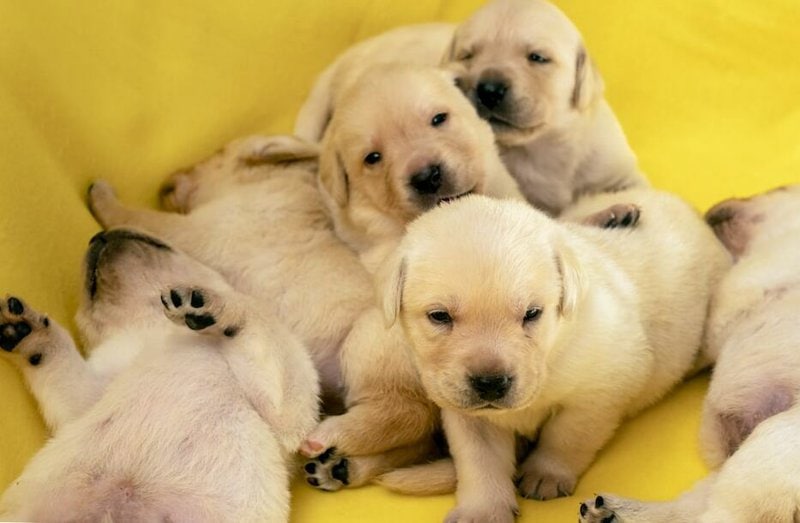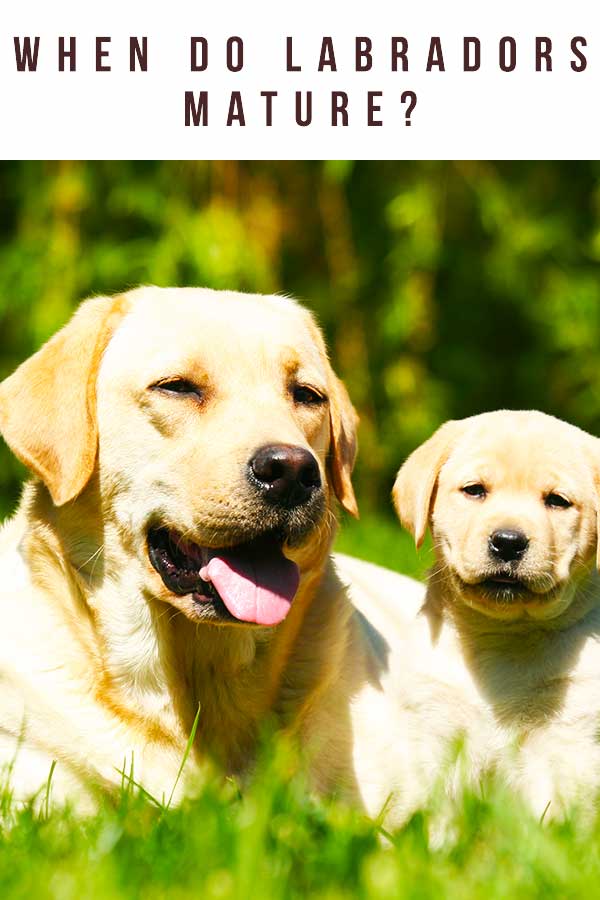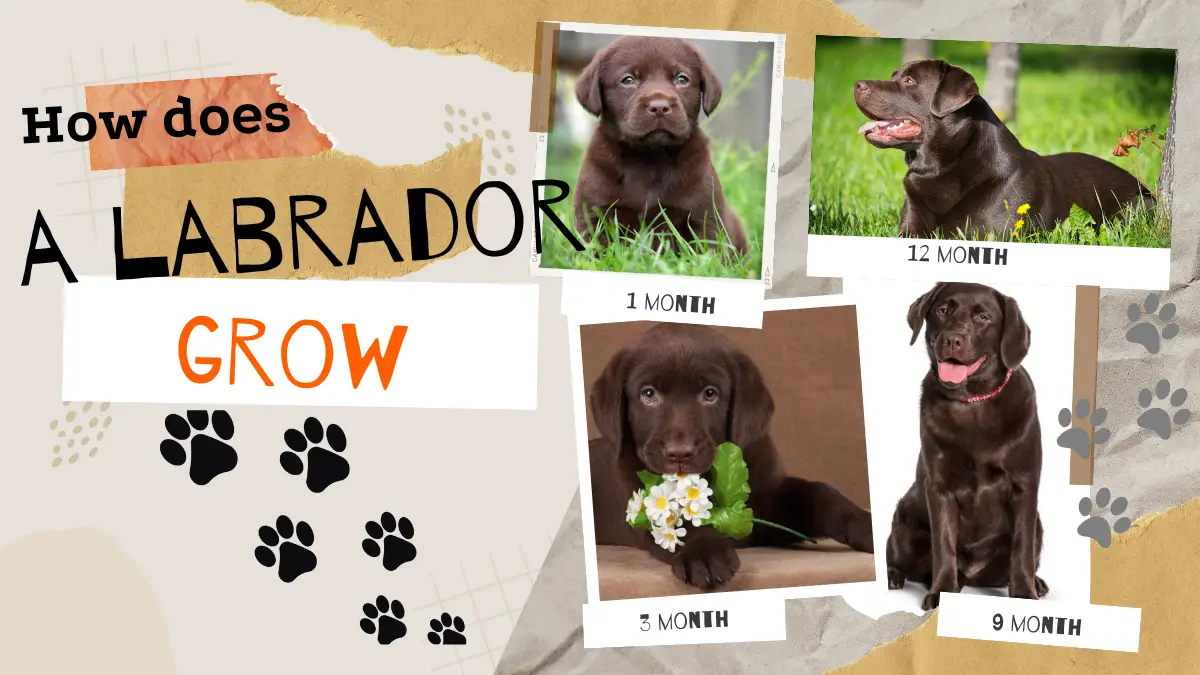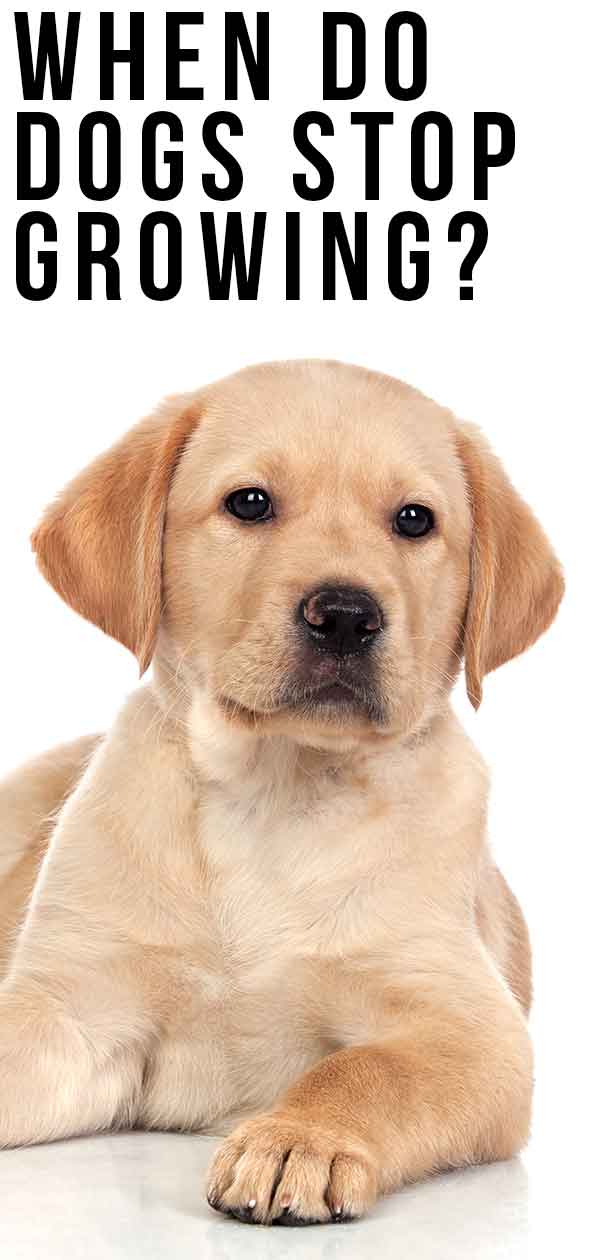When Does A Lab Stop Growing
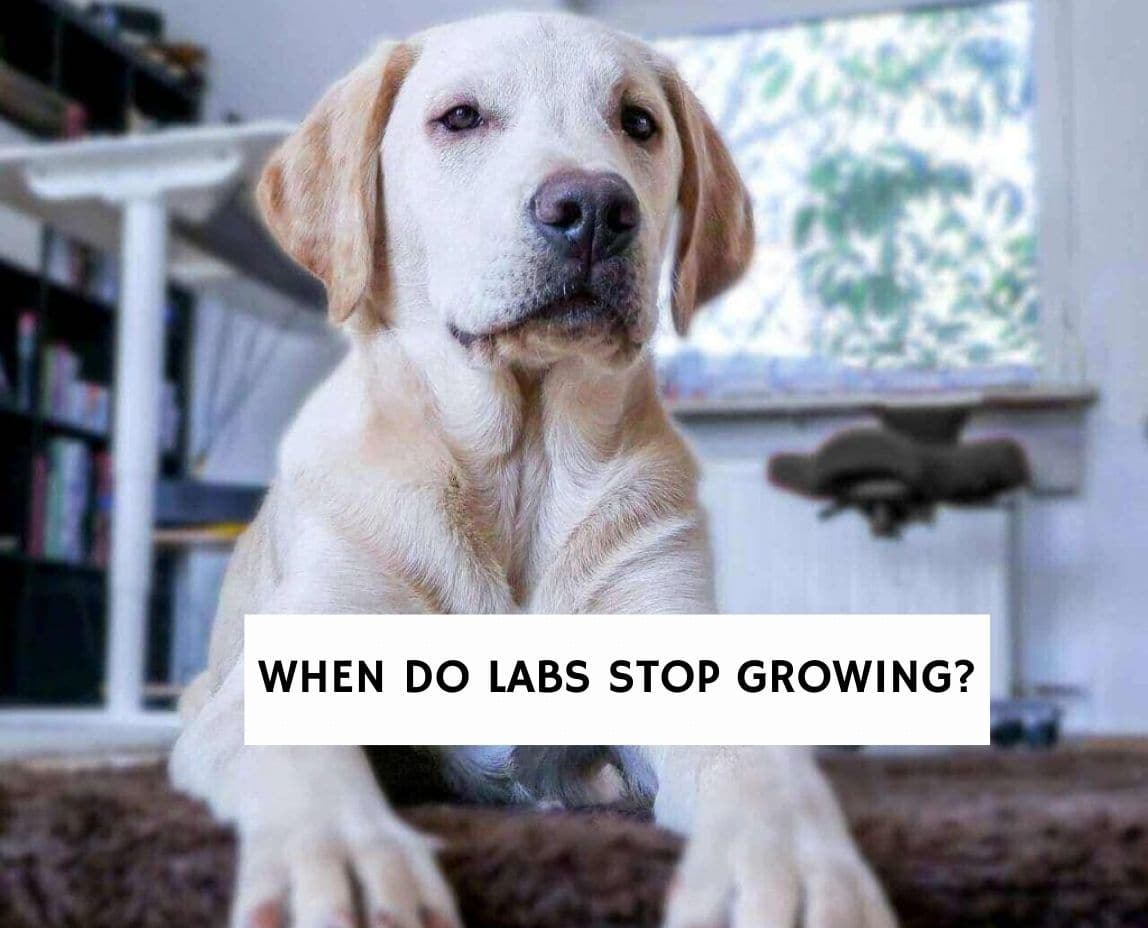
The gleaming steel and glass facades of research laboratories symbolize progress, innovation, and boundless discovery. But beneath the surface of cutting-edge technology and brilliant minds lies a fundamental question plaguing the scientific community and policymakers alike: When does a lab, an engine of scientific advancement, cease to grow – and what are the consequences when it does?
This question is not simply about square footage or the number of researchers employed. It's a complex inquiry encompassing funding streams, institutional priorities, research output, and the very definition of scientific success. Examining this inflection point reveals critical insights into the sustainability of scientific endeavors and the future of research itself.
This article delves into the multifaceted nature of lab growth, examining the various factors that influence its trajectory, the metrics used to gauge its success, and the potential pitfalls of unchecked expansion. It also explores alternative models for scientific collaboration and resource allocation that could pave the way for a more sustainable and impactful research landscape.
Defining Lab Growth and Its Limits
The concept of lab growth is multifaceted. It encompasses not only physical expansion – acquiring more space, equipment, and personnel – but also intellectual growth, measured by publications, patents, grant funding, and the overall impact of research findings.
A lab might be considered "growing" when its funding increases, allowing it to hire more researchers, invest in new technologies, and pursue more ambitious projects. Growth can also manifest as an increasing number of publications in high-impact journals or the successful commercialization of research outputs. However, these indicators are not always perfectly correlated.
The point at which a lab stops growing, or even begins to decline, can be influenced by a number of internal and external factors. Securing funding is often cited as the primary constraint. But even with adequate funding, a lab may face challenges related to leadership, internal dynamics, or shifting research priorities.
Funding Landscape: A Driver and a Constraint
Grant funding, particularly from government agencies like the National Institutes of Health (NIH) and the National Science Foundation (NSF), is a lifeline for many research labs. These grants support salaries, equipment, and operational costs.
However, the funding landscape is highly competitive. Success rates for grant applications can be low, often forcing researchers to spend significant time and resources on grant writing rather than conducting research. Moreover, funding cycles can create periods of instability, making it difficult to plan for long-term growth.
Alternative funding sources, such as philanthropic donations and industry partnerships, are becoming increasingly important. However, these sources often come with their own set of expectations and constraints, potentially influencing the direction of research.
Leadership and Internal Dynamics
The principal investigator (PI), the individual who leads the lab, plays a crucial role in its growth and sustainability. A strong PI can attract top talent, secure funding, and foster a collaborative and productive research environment.
However, leadership transitions can be disruptive. A new PI may have different research interests, management styles, or priorities, potentially leading to attrition and a decline in research output. Internal conflicts, such as competition for resources or disagreements over research direction, can also stifle growth.
Maintaining a positive and inclusive lab culture is essential for attracting and retaining talented researchers. This requires fostering open communication, providing opportunities for professional development, and addressing issues of diversity and inclusion.
Shifting Research Priorities and Technological Advancements
The scientific landscape is constantly evolving. New technologies, emerging research areas, and changing societal needs can all influence the demand for specific types of research. A lab that fails to adapt to these changes may find itself falling behind.
For example, the rise of artificial intelligence and machine learning has created new opportunities for research in areas such as drug discovery, personalized medicine, and materials science. Labs that have embraced these technologies have often experienced significant growth.
Conversely, labs that are focused on outdated or less relevant research areas may struggle to secure funding and attract talent. This highlights the importance of staying abreast of scientific trends and adapting research programs accordingly.
Metrics for Measuring Lab Success
Traditional metrics for measuring lab success include the number of publications in peer-reviewed journals, the impact factor of those journals, the number of patents awarded, and the amount of grant funding secured.
However, these metrics have limitations. They often fail to capture the full impact of research, such as its contribution to societal well-being or its influence on policy decisions. They can also incentivize researchers to prioritize quantity over quality, leading to a focus on publishing as many papers as possible rather than conducting rigorous and impactful research.
Alternative metrics, such as citation counts, altmetrics (which measure the online attention a research article receives), and qualitative assessments of research impact, are gaining traction. These metrics provide a more nuanced and comprehensive picture of lab success.
The Pitfalls of Unchecked Expansion
While growth is often seen as a positive indicator, unchecked expansion can have negative consequences. Overexpansion can lead to a loss of focus, a decline in research quality, and increased administrative burden. It can also strain resources and create a competitive and stressful research environment.
Furthermore, unchecked growth can exacerbate existing inequalities within the scientific community. Labs that are already well-funded and well-established may have an easier time securing additional resources, while smaller or less well-connected labs may struggle to compete.
Maintaining a balance between growth and sustainability is crucial for ensuring the long-term health and impact of research labs.
Alternative Models for Scientific Collaboration
In response to the challenges of unchecked expansion, alternative models for scientific collaboration are emerging. These models emphasize collaboration, resource sharing, and interdisciplinary research.
For example, some institutions are establishing core facilities that provide access to specialized equipment and expertise to multiple research labs. This allows labs to focus on their core competencies without having to invest in expensive and underutilized equipment.
Collaborative research networks, which bring together researchers from different institutions and disciplines, are also becoming increasingly popular. These networks foster innovation and allow researchers to tackle complex problems that cannot be solved by individual labs.
Looking Ahead: Towards a More Sustainable Research Ecosystem
The question of when a lab stops growing is not just a matter of economics or logistics. It's a fundamental question about the nature of scientific progress and the sustainability of research endeavors. As funding landscapes shift and research priorities evolve, the scientific community must embrace new models of collaboration and resource allocation.
Promoting sustainable growth requires a focus on quality over quantity, a commitment to diversity and inclusion, and a willingness to embrace new technologies and approaches. It also requires a critical evaluation of the metrics used to measure research success and a recognition that the ultimate goal is not simply to grow bigger, but to make a meaningful impact on society.
By fostering a more collaborative, equitable, and impactful research ecosystem, we can ensure that scientific labs continue to thrive and contribute to the advancement of knowledge for generations to come.





